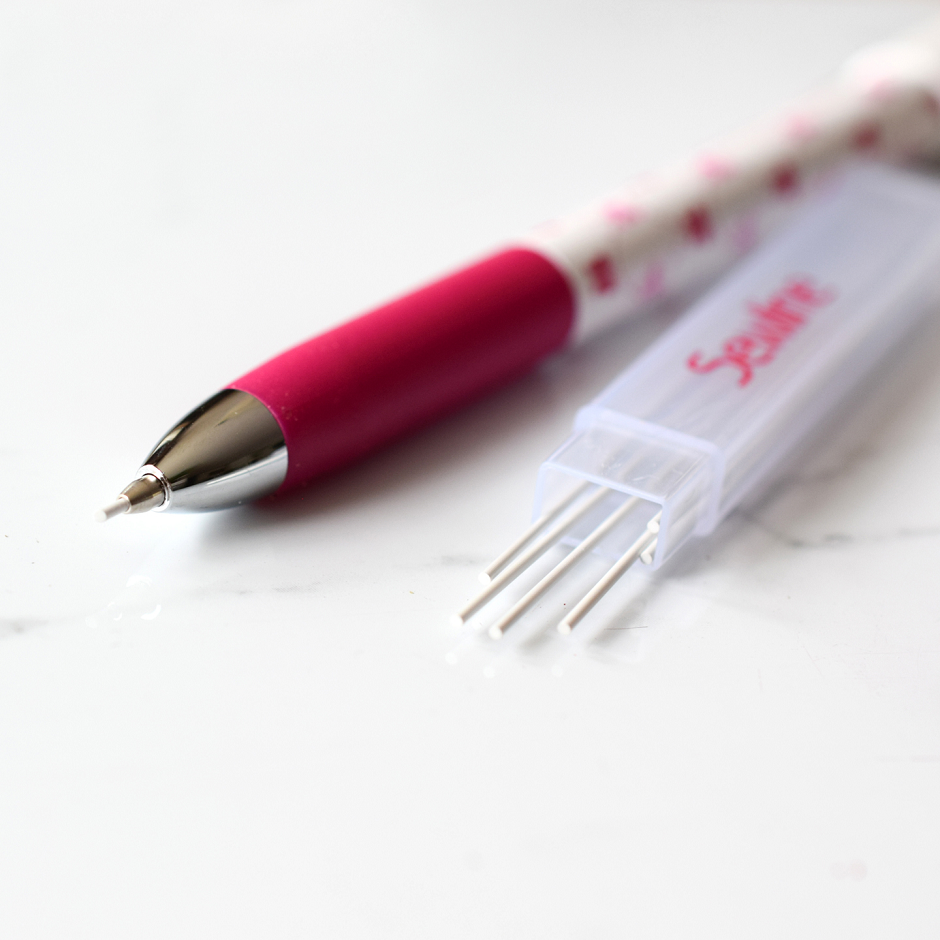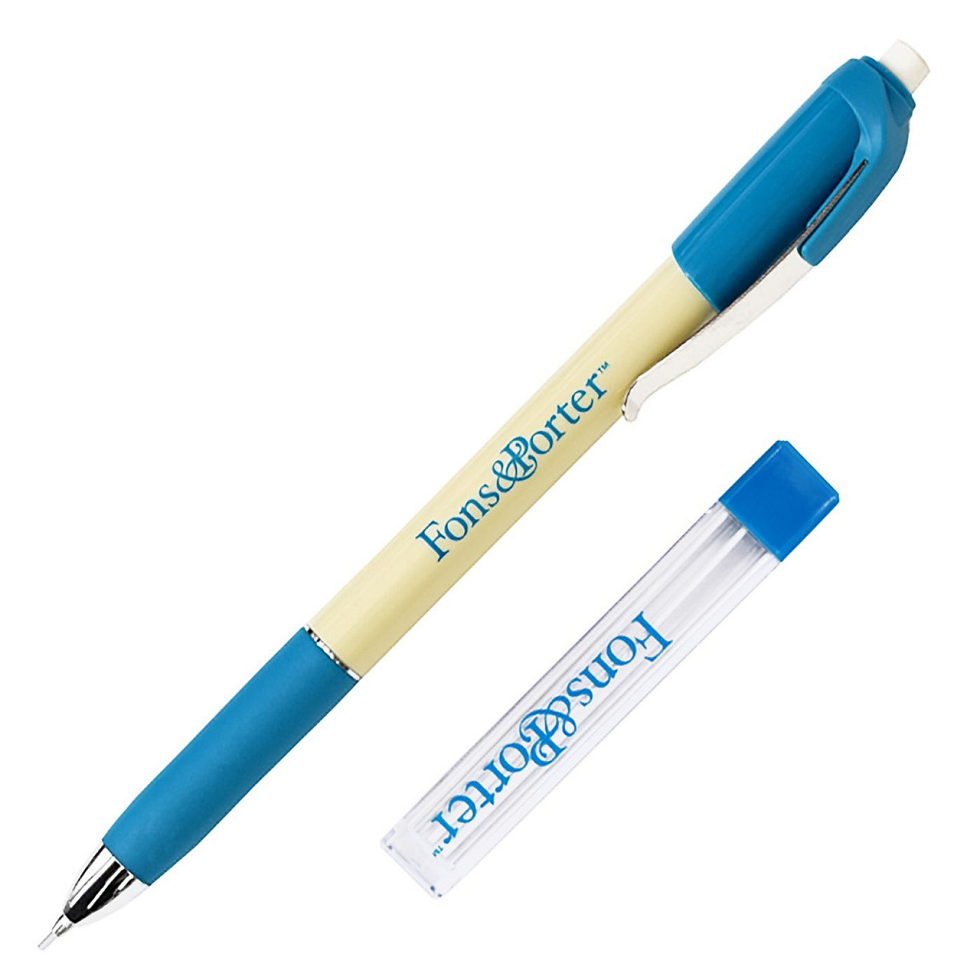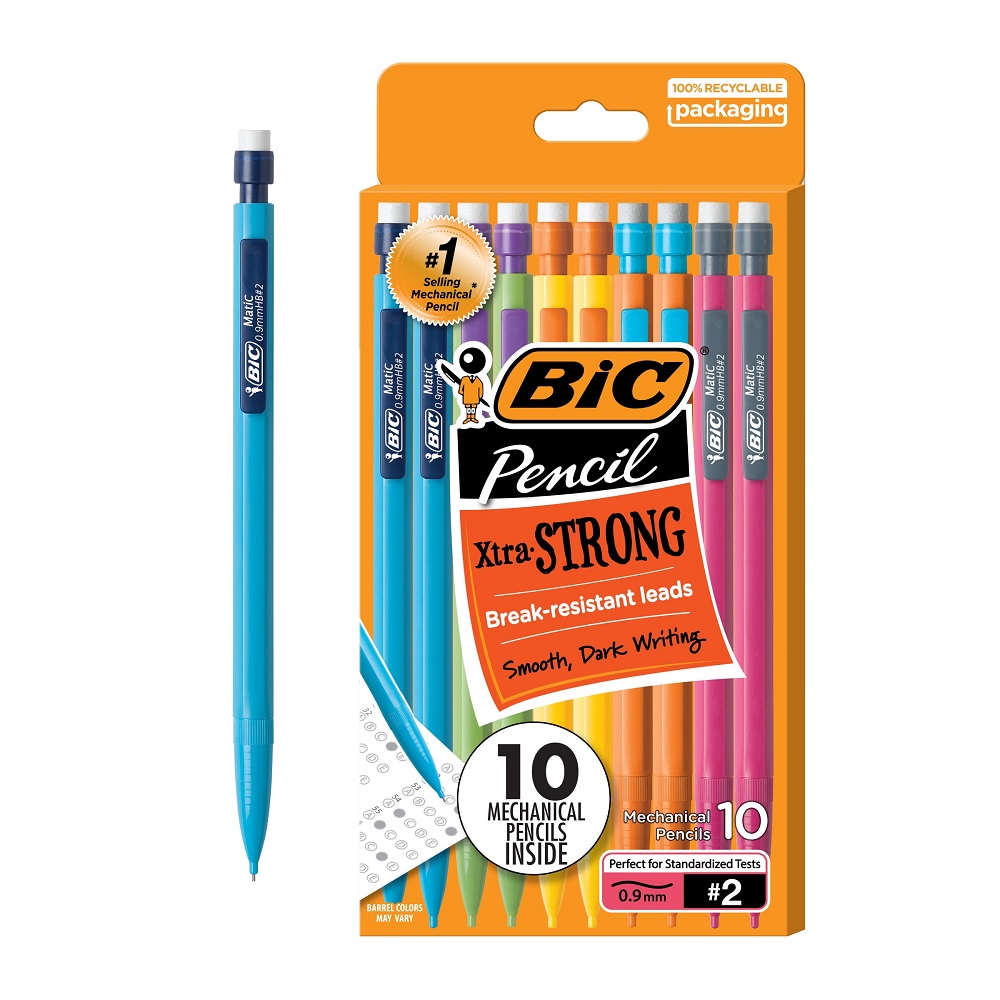Introduction
The mechanical lead pencil has been a vital tool in our writing and drawing toolkit. It has undergone significant changes since its inception. Yet, its core purpose remains the same: providing a reliable and convenient way to write. This article delves into its rich history, structure, benefits, and uses.
The History of the Mechanical Lead Pencil
The story of the mechanical lead pencil begins in ancient times. The initial concept of writing utensils started with sticks and stones. Ancient Egyptians used reed pens dipped in ink. Centuries later, the Greeks and Romans used styluses made from metal or bone. These early tools were effective but not very user-friendly.
In the late 16th century, graphite was discovered in England. This was a game-changer. Artists and scribes soon began using it to produce clear and precise lines. The first wooden pencils appeared shortly after. But they had one major drawback: sharpening. As the pencil became shorter, users had to constantly sharpen it. This led to the quest for a more durable writing instrument.
In the late 19th century, the mechanical pencil was born. It was introduced as an innovative solution to the issues faced by traditional pencils. Unlike its predecessors, it allowed for the continuous use of lead without the need for sharpening. The first designs were quite crude, made of wood and metal components. However, they laid the foundation for modern mechanical pencils.
Over the years, many inventors improved upon the original design. They added features like adjustable lead sizes and retractable tips. These enhancements made mechanical pencils more versatile and appealing to artists and writers alike. By the mid-20th century, they were widely accepted in schools and offices.
Even today, the mechanical pencil remains popular. Its combination of durability, functionality, and design refinement has captured the hearts of many. Writers, students, and artists continue to find it an indispensable tool.
The Structure of a Mechanical Pencil
Mechanical pencils have several components that work together seamlessly. Understanding these parts helps users appreciate how the instrument functions effectively.
The Barrel
The barrel is the main body of the pencil. It holds the lead and houses most of the mechanical components. Barrels come in various materials, including plastic, metal, and wood. The choice of material affects the pencil’s weight, aesthetics, and durability. Many users prefer a lightweight pencil for extended writing sessions, while others seek a more substantial feel.
The Lead Mechanism
One of the most crucial parts of a mechanical pencil is the lead mechanism. This is responsible for advancing the lead whenever the user applies pressure. Most modern pencils utilize a push-button system. With the push of a button, the lead extends, allowing for smooth writing. Some designs use a twist mechanism, where turning the pencil advances the lead.
The Grip
The grip provides comfort during writing. A good grip reduces hand fatigue, especially during long sessions. Many mechanical pencils incorporate a rubber or textured surface to enhance the user experience. Some pencil designs even feature ergonomic shapes that fit the natural contours of the hand.
The Eraser
Although mechanical pencils don’t traditionally come with built-in erasers, many modern designs do include one. This feature adds convenience, allowing for quick corrections on the go. The eraser is typically located at the top of the pencil. Some even come with replaceable erasers, so users don’t have to buy a new pencil just to replace the eraser.
The Lead
The lead in a mechanical pencil is made of a mixture of graphite and clay. This combination determines the hardness or softness of the lead. Pencils are rated on a scale from H (hard) to B (black or soft). The hardness affects the darkness of the lines produced. Artists often prefer softer leads for shading, while writers may choose harder leads for crisp text.
Understanding these components gives insight into why mechanical pencils are valued. They blend functionality with design to serve varied needs. Each part plays a role in enhancing the writing experience, making them efficient and effective tools.
Benefits of Using Mechanical Lead Pencils
Mechanical pencils offer several advantages compared to traditional wooden pencils or pens. These benefits contribute to their popularity among various users, including students, professionals, and artists.
Consistent Line Width
One of the most significant benefits of a mechanical pencil is its ability to maintain a consistent line width. With a wooden pencil, the tip gets sharpened down, altering the line thickness. Mechanical pencils eliminate this problem. As long as the lead is unbroken, the writing remains uniform. This consistency is particularly valuable for artists who focus on precision in their drawings.
No Need for Sharpening
Another advantage is that mechanical pencils do not require sharpening. Users can write continuously without interruption. This convenience saves time and effort. It allows for a smoother workflow, whether in a classroom, office, or studio. Busy professionals appreciate this ergonomic feature, as it minimizes distractions.
Eco-Friendly Choices
Mechanical pencils often lead to less waste compared to wooden pencils. Once a wooden pencil is shortened and used up, it becomes trash. In contrast, the only part that needs replacing in a mechanical pencil is the lead. Some models are even designed to be refillable, which makes them a more sustainable option. This eco-friendliness appeals to environmentally conscious consumers.
Variety of Lead Options
Mechanical pencils come with a variety of lead sizes, usually ranging from 0.3mm to 0.9mm. Different lead thicknesses serve various purposes. Fine leads are ideal for detailed work, while thicker leads are better for bold lines. This flexibility allows users to choose the best pencil for their specific needs.
Enhanced Comfort and Ergonomics
Most mechanical pencils are designed with user comfort in mind. The grips are often cushioned or textured for better control. The design of the barrel may also employ ergonomic principles, making it easier to hold for extended periods. These enhancements are crucial for students and professionals who spend hours writing, drawing, or sketching.
By offering benefits like consistency, convenience, and comfort, mechanical pencils cater to diverse user preferences. This versatility ensures their lasting appeal, even in a digital age where many might turn to screens for writing.
Uses of Mechanical Lead Pencils
The versatility of mechanical lead pencils makes them suitable for a wide range of applications. From education to artistry, their user-friendly design benefits anyone who needs to write or draw.
Academic Settings
In schools, mechanical pencils are increasingly common. They are easy to use and versatile, making them ideal for subjects like math and science. Students can effortlessly write equations or produce well-defined graphs. The no-sharpening feature is especially helpful during tests or lectures, as it eliminates distractions. Teachers also appreciate the neatness of work produced with these pencils.
Artistic Purposes
Artists and designers often rely on mechanical pencils for their projects. The consistent line width allows for precision in sketches and detailed drawings. Various lead sizes offer flexibility for different artistic techniques. Artists can achieve subtle shading with softer leads or crisp lines with harder ones. Many professionals prefer mechanical pencils for drafting and outlining before moving on to inking.
Business and Office Use
In offices, mechanical pencils serve practical purposes. They are a preferred choice for note-taking, brainstorming, and project planning. The ability to write smoothly without interruptions makes them perfect for busy professionals. Additionally, mechanical pencils do not smudge as easily as ink pens, ensuring that written material remains clear and legible.
Crafts and Hobbies
The uses of mechanical pencils also extend to various crafts and hobbies. Whether it’s tracing designs, drafting patterns, or creating templates, these pencils excel. Their adjustable lead sizes allow crafters to create both fine details and bold outlines. Hobbyists often appreciate the convenience of having a reliable writing tool that enhances their creative process.
Architecture and Engineering
In fields like architecture and engineering, precision is paramount. Mechanical pencils are often employed in the drafting process. Architects can sketch plans or elevations with great accuracy. Engineers utilize them for technical drawings and schematics. The consistency and reliability of these pencils make them indispensable in these professions.
The wide array of uses for mechanical lead pencils shows their adaptability. Whether in classrooms, studios, offices, or craft rooms, they prove their worth. This versatility ensures that they will remain relevant for future generations of writers and artists.
Conclusion
The mechanical lead pencil has firmly secured its place in various domains, from education to art and beyond. Its unique features, such as consistent line width and no need for sharpening, offer unparalleled advantages. Understanding its history and structure gives users insight into why it remains a favorite. Excellent comfort, eco-friendliness, and versatility further enhance its allure.
As technology continues to evolve, some may question the relevance of traditional writing instruments. However, the mechanical pencil stands out as a timeless tool in an increasingly digital world. It continues to serve the needs of students, artists, and professionals alike. This remarkable writing instrument encapsulates the perfect blend of functionality, durability, and design, making it an essential choice for creators around the globe.
In conclusion, the mechanical lead pencil is more than just a writing instrument; it is a bridge between the past and the present, reminding us of the beauty of the written word and the art of drawing. As education, artistry, and professional fields evolve, the mechanical pencil will undoubtedly remain a steadfast companion in our writing journey. Whether you are a student jotting down lecture notes, an artist sketching your next masterpiece, or a professional drafting plans, the mechanical pencil will continue to offer precision and reliability for years to come.



